

Sasha Rudensky «I photograph to preserve the complexity of the lives I encounter, each of my subjects a version of myself that never left Moscow: a student; a young mother; an aging dissident; an androgynous westerner. The three photographs included here – Yulia McGuffie, 2009; Anya in Mask, 2010; Olya in Taiga, 2011 - are part of a larger project called “Novij Mir” (Russian: New World). That body of work cultivates a posture that is simultaneously that of an earnest documentarian and a fiction writer. I seek to manufacture a fragmented, contradictory world of the newly minted Eastern Europe, engaged in a self-conscious performance of identity creation. My subject is an orphan generation of Russians and Ukrainians who have come of age in a social vacuum, having disowned their past but lacking any means of orientation within the present. The characters that I photograph are part archetype and part invention. My process of casting and directing mimics my models’ conscious and subconscious editing of their public identities, inviting me to fashion them into the impossible prototypes of myself that never existed. The pictures negotiate that boundary between fiction and truth, performance and social document, reflecting the frayed edges of the constructed world that is contemporary Russia as it exists and as I invent it to be».

Nikita Pigorov «That year Natasha split with her boyfriend, that she was in relation with for four years, and after one week he married another woman and Natasha had very difficult times. That day we went to her home city, near Saint-Petersburg and spent all day walking in the forest. After a long walk, we found a lake and decided to swim. I wanted to photograph Natasha because I felt her pain and wanted to help somehow, but I didn’t really know what can I do, except showing her my feelings. Working on this photograph I wanted to show her herself refreshed, clear and open to the future. I believed that she can live in this situation. The process of photographing for me is the live participation in the reality, sort of exchange, my message to the world, through the model and the viewer. On the one hand, it’s a personal photograph, that shows my relation to the concrete person, but at the same time, it’s something bigger, something that I want to share with other people. Experience builds us. Sometimes it hurts and we lose our belief in the future. But the only way we can survive is the acceptation of the past in the present, no matter how difficult and painful it could be….»
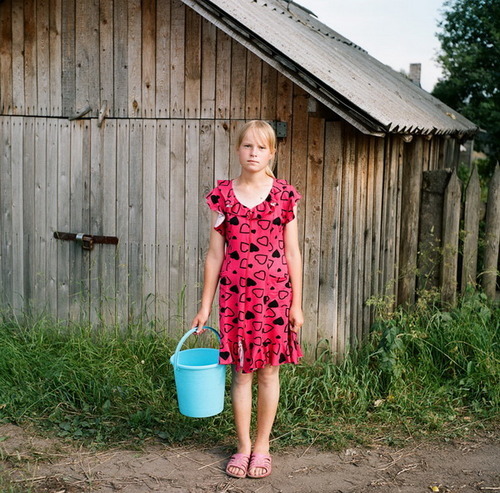
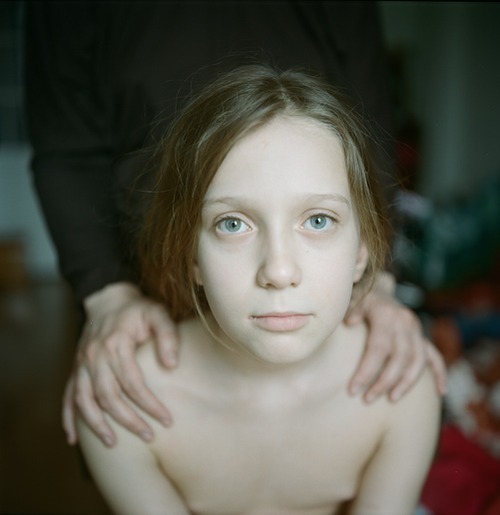
Max Sher «When I was photographing my Amerika series, my approach was to photograph everything I thought was interesting or touching emotionally. I did not have any preconceptions as to what or whom to photograph. After editing the images I realized that most portraits I had taken were those of women and girls. Why was it so? Maybe because they impersonate the tender and awkward years of my childhood and youth, long gone and lost forever, that I am trying to reach to in my imaginary Amerika. My Amerika is about an attempt to emigrate into my own imagination. It was shot during my stay in a region where I had lived from the age of 11 to 23 - a difficult and formative period in my life. I went there after a long absence to come to terms with that period, to contemplate and photograph. Amerika is also a play of photographic visions: at first sight, it looks like America although it’s not. It’s just the use of ‘American’ light and color to depict a completely different reality; maybe it can be seen as a study of my own visual influences».
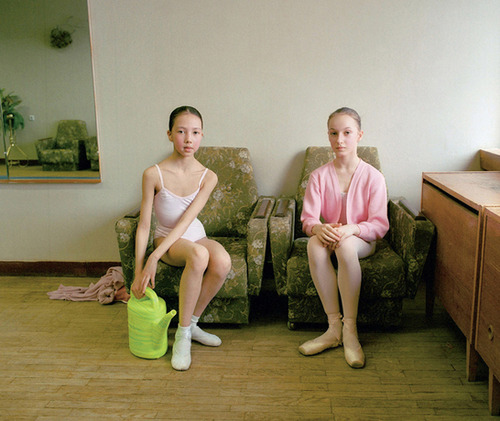
© Anastasia Khoroshilova
Anastasia Khoroshilova «The young girls, almost women, photographed 2003 in the boarding school of the State Russian Academy of Choreography of the Bolshoi Theatre can still embody for many young women in Russia a kind of an unreachable dream: a solo dancer at the Bolshoi Theatre Ballet. Parents from all over Russia and abroad try to send their child at the age 6-7 far away from home to attend this kind of boarding school… I see my role in most of my work as subjecting social relationships to observation and analysis. “Islanders” is about the world of the dormitory, boarding school, and other temporary “reservations”. Such “closed” groups always seemed to me like “islands” in an infinite society of the modern world. I am interested in the “points of intersection” of global social space with the ordinary “charter” of the separate social structures constructed, as a rule, when counting on the absence of the outside observer».
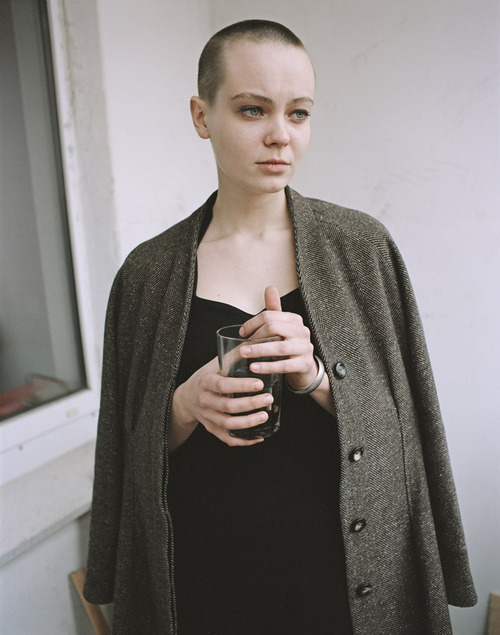
Anna Kharina «The death seems to be the certain final point of life, but it is presented around us all the time at smaller scales. I am interested in its everyday displays. Only until some age a human being grows and after that, he begins to wither. Thus – he is living and dying simultaneously. A human being is such a fragile creation. You lead a knife on a hand, and the scar remains for all your life. It seems that in the modern world everything is so quickly that anyhow – you should endure anything as you have to move further. We fall in love, we leave, even plainly without having learned each other, we forget insults, we heal wounds, we go forward full of hopes, thinking that everything is still ahead. But as not all human body is capable of restoration, the person’s inner world sometimes also appears to be irreversible wounded. (What if, I can’t give you the hand of my soul as I had already lost it?). For me, human fragility is comparable to the surrounding world. The most part of the time it seems to be constant: traditionally we allocate events in our life, and all the rest is averaged. But exactly in this daily life, you feel that the turned sour milk is like your memento mori for today, and in the way people you know change, and in you own changes – you notice that “someday I will” more and more often is replaced with “I will never already". Including, I will never be the same already as in 17, or in the last summer, or even yesterday».
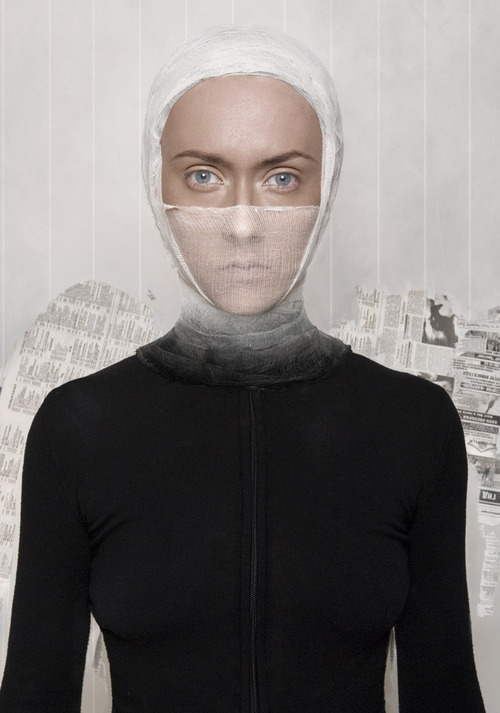
Katerina Belkina «This is not a man’s world, sometimes understandable only for women, but very closely coupled to the male world. Despite the fact that I know and understand well women's nature on some very deep level, as an artist I am trying to explore a woman inside of me, and accept my weaknesses and fears. I want to show the anatomy of the unconscious woman. To do this, I allowed myself being other women. Different in character and destiny. In each of them, you can see the recognizable personage of known fairy tales. At the same time, each character reminds us of the different psycho-types of women, living in our modern world. When I’m reincarnated into them, I put on different costumes and masks, following an old-world practice, of a woman playing different roles every day of her life. As a wife, lover, mother or daughter. Each of them symbolizes one of our experienced emotions: frustration, jealousy, envy, fall, disappointment. I can be vicious or virginal, I can be strong or weak, aggressive and soft - and that’s how it is».

© Alla Esipovich
This series represents married couples where men are much older than women. Such commonplace unions may provoke our critical reaction, bringing to mind Pukirev’s “Misalliance” or, in the worst case, force us to visually interfere into the scene, to become peepers, when, as the New York Times photo-critic Andy Grundberg wrote, “from viewers we are made into voyeurs” Esipovich expects a different interpretation. She depicts happy couples. She does not ignore the environment – we may recall a typically squalid interior in one shot or the alarming avant-garde surroundings in another.

Anastasia Tailakova «Every new day gives us hundreds of opportunities. Gigabytes of new information, armfuls of exciting events, kilometers of unexplored places, chances of adventitious meetings – all this is waiting for us with the beginning of each 24-hour time span, which we are to use as effectively and rationally as possible, acting profitably and getting a satisfactory result. It could seem that the realization of this fact is sure to inspire us. The problem is that the variety of alternatives and the great number of possibilities result in deep fear of losing something really essential, missing some unique events or relevant information. Consequently, the fear leads to an inner catatonic, a moment of floating in the air, which paralyzes our will and puts us into an inexplicable panic. The endless variety of choices that we have to make doesn’t let us decide on anything. Instead of taking up new challenges, we stay at home in our cozy and safe little world which is ready to keep us away from the stream of this impetuous life beyond it…»

Igor Starkov «This story is my memoirs about childhood. When I was a child every summer my parents sent me to Ulianovsk region to Volga. The parents of my mother lived there, yet now they are dead already. I hadn’t been to these places for 14 years. I walked and brought to mind the smells of childhood, smells of woods, rivers, fruits. How is it possible to write captions about it? Many people from these photos are my relatives. The piper’s cheeks girl with candy is my niece. Now she has probably fifth breast size and a crowd of gallants. I don’t want to write captions about my relatives and my childhood. I like to look at photos on a site. But memoirs are the only mine».


From a young age, Margo Ovcharenko has intuitively taken portraits without posing her subjects. She yearns to reveal the fragile vulnerability of those she photographs. Drawing inspiration from light, color, and the use of perception in pre-nineteenth century paintings, she aims to narrow the distance between subject and viewer. Not believing in photography as a vehicle through which to search for aesthetic beauty, instead she sees it is a way to distort perspective in time and space. In her work light and silence are the greatest allies; drawing the spectator in, creating tension, and a sense of impending violence, without brutality. She takes pictures of those on the cusp of transitioning between youth and adulthood».
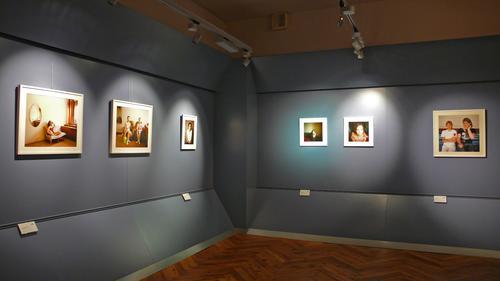
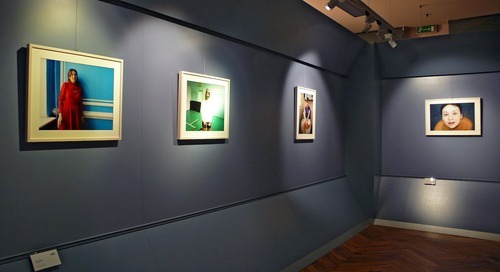
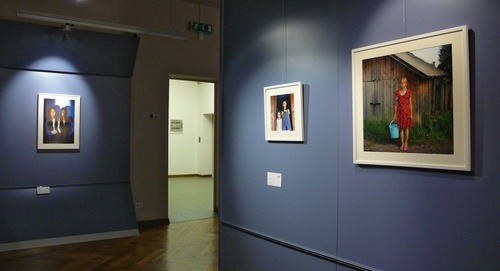
LINKS
share this page